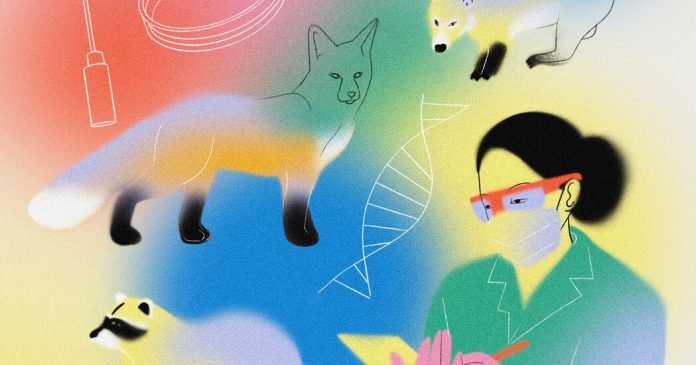Some analysis groups are specializing in the ACE2 receptor, a protein discovered on the floor of the cells of many species. The coronavirus’s spiky protrusions enable it to bind to those receptors, like a key in a lock, and enter cells.
In 2020, a bunch of scientists in contrast the ACE2 receptors of tons of of vertebrates, principally mammals, with these of people to find out which species the virus may infect. (The ACE2 receptors of birds, reptiles, fish and amphibians usually are not related sufficient to ours to lift concern.)
“The predictions have been excellent thus far,” Harris A. Lewin, a biologist on the College of California, Davis, and an creator of the examine, stated in an electronic mail. The scientists predicted, as an illustration, that white-tailed deer had been at excessive danger for an infection.
However some predictions proved solely flawed: The paper recognized farmed mink as a species of “very low” concern — after which in April 2020 the virus raged by mink farms.
Certainly, ACE2 affords solely a snapshot of susceptibility. “Viral an infection and immunity is rather more complicated than only a virus binding to a cell,” Kaitlin Sawatzki, a virologist at Tufts College, stated in an electronic mail.
And of the world’s practically 6,000 mammalian species, scientists have sequenced the ACE2 receptors of just some hundred of them, making a biased information set. These sequenced species embrace mannequin organisms utilized in experiments, species that carry different illnesses, and charismatic zoo denizens, not essentially the animals that individuals are more than likely to come across.
“If a pandemic had been to have arisen from a squirrel, we’d be like, ‘God, what’s flawed with us? We didn’t even measure the fundamental biology of a squirrel,’” Dr. Han stated.


